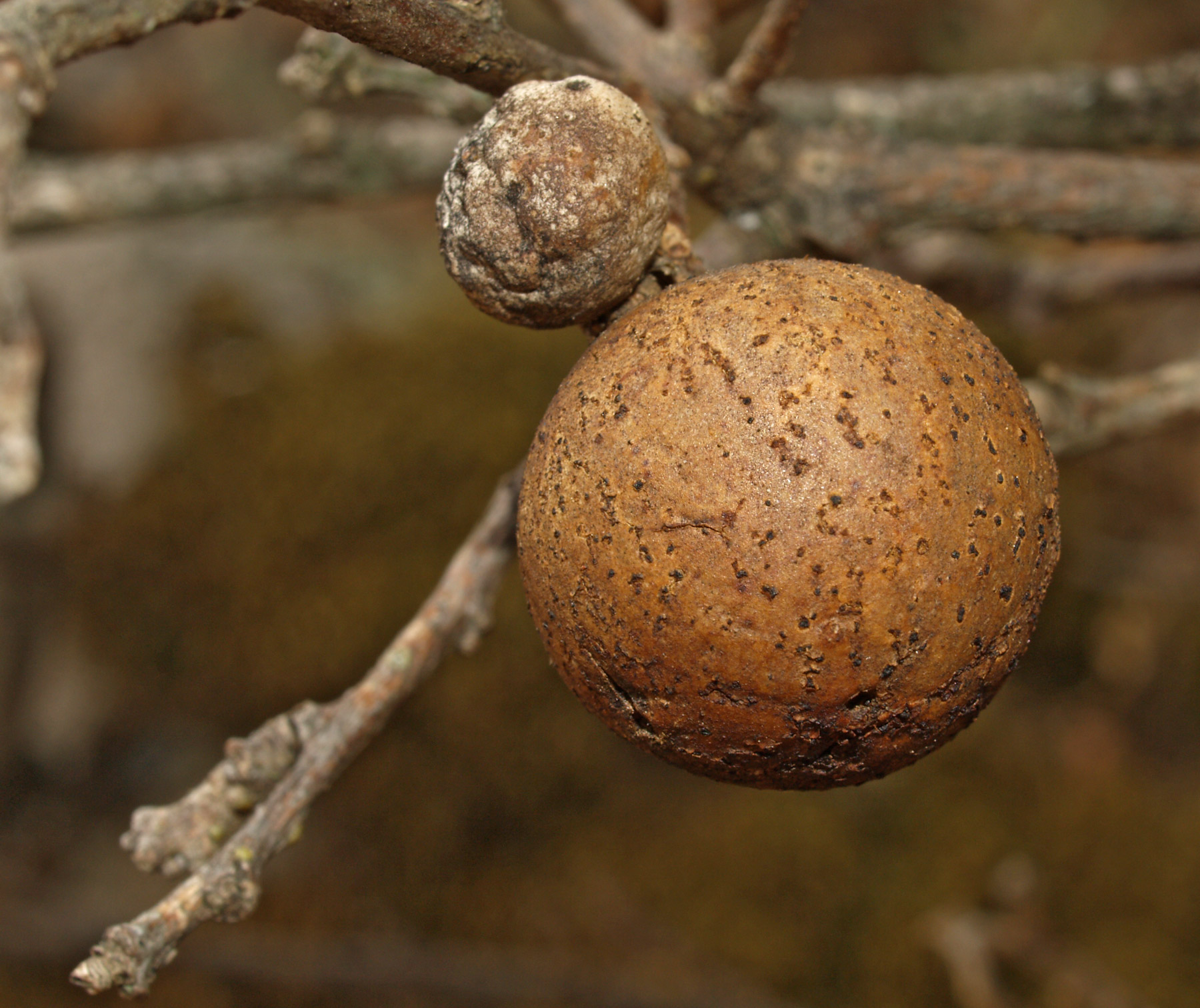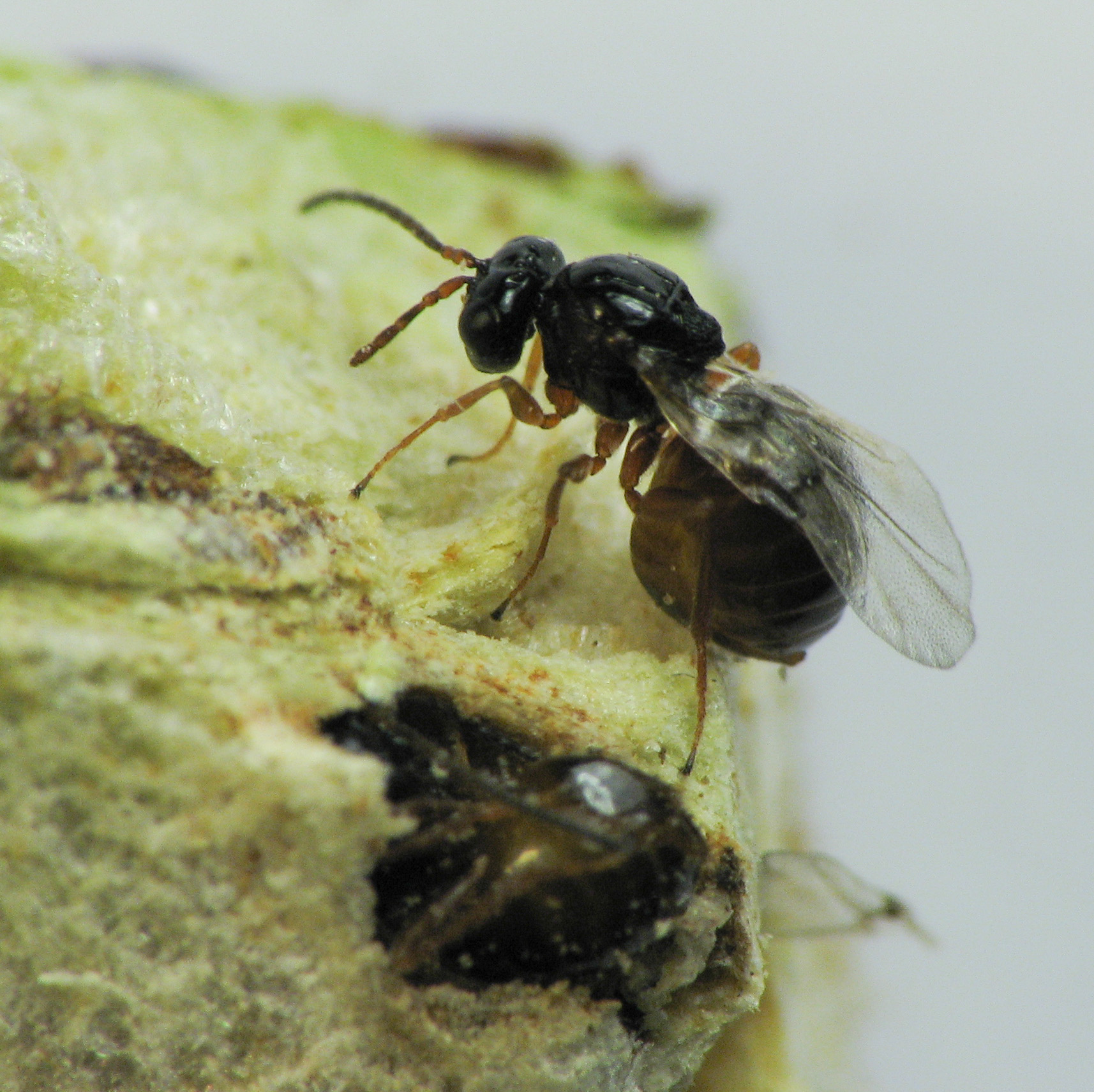|
Philonix
''Philonix'' is a genus of oak gall wasps in the family Cynipidae.Poole, R.W. & P. Gentili, 1996. Hymenoptera, Mecoptera, Megaloptera, Neuroptera, Raphidioptera, Trichoptera. ''Nomina Insecta Nearctica: A Check List of the Insects of North America.'' Vol 2. Melika, G. & Abrahamson, W.G. (2002) Review of the World Genera of Oak Cynipid Wasps (Hymenoptera: Cynipidae: Cynipini). ''In:'' Melika, G. & Thuróczy, C. (Eds.), ''Parasitic Wasps: Evolution, Systematics, Biodiversity and Biological Control''. ''International Symposium: “Parasitic Hymenoptera: Taxonomy and Biological Control” (14–17 May 2001, Kõszeg, Hungary).'' Agroinform, Budapest, pp. 150–190. Species in this genus are only known from Canada, the United States, and Mexico. The larvae of ''Philonix'' wasps induce galls on white oaks that are typically spherical, soft and fleshy. Galls are usually formed on the underside of leaves. Adult wasps are similar in appearance to species in the genus '' Acraspis''. Many gal ... [...More Info...] [...Related Items...] OR: [Wikipedia] [Google] [Baidu] |
Cynipini
Cynipini is a tribe (biology), tribe of gall wasps. These insects induce galls in plants of the beech and oak family, Fagaceae. They are known commonly as the oak gall wasps.Melika, G., et al. (2013)A new genus of oak gallwasp, ''Cyclocynips'' Melika, Tang & Sinclair (Hymenoptera: Cynipidae: Cynipini), with descriptions of two new species from Taiwan.''Zootaxa'' 3630(3), 534-48. It is the largest cynipid tribe, with about 936Medianero, E. and J. L. Nieves-Aldrey. (2013)''Barucynips panamensis'', a new genus and species of oak gallwasps (Hymenoptera, Cynipidae, Cynipini) from Panama, and description of one new species of ''Coffeikokkos''.''ZooKeys'' (277), 25-46. to 1000 recognized species, most of which are associated with oaks. The tribe is mainly native to the Holarctic. Cynipini wasps can act as ecosystem engineers. Their galls can become hosts of inquilines, and the wasps themselves are hosts to parasitoids. Most of these wasps undergo cyclical parthenogenesis, sometimes repr ... [...More Info...] [...Related Items...] OR: [Wikipedia] [Google] [Baidu] |
Hymenoptera Of North America
Hymenoptera is a large order (biology), order of insects, comprising the sawflies, wasps, bees, and ants. Over 150,000 living species of Hymenoptera have been described, in addition to over 2,000 extinct ones. Many of the species are Parasitoid wasp, parasitic. Females typically have a special ovipositor for inserting eggs into hosts or places that are otherwise inaccessible. This ovipositor is often modified into a stinger. The young develop through holometabolism (complete metamorphosis)—that is, they have a wormlike larval stage and an inactive pupal stage before they reach adulthood. Etymology The name Hymenoptera refers to the wings of the insects, but the original derivation is ambiguous. All references agree that the derivation involves the Ancient Greek wikt:πτερόν, πτερόν (''pteron'') for wing. The Ancient Greek wikt:ὑμήν, ὑμήν (''hymen'') for membrane provides a plausible etymology for the term because species in this order have membranous wings ... [...More Info...] [...Related Items...] OR: [Wikipedia] [Google] [Baidu] |
Insects Of Canada
Insects (from Latin ') are Hexapoda, hexapod invertebrates of the class (biology), class Insecta. They are the largest group within the arthropod phylum. Insects have a chitinous exoskeleton, a three-part body (Insect morphology#Head, head, Thorax (insect anatomy), thorax and abdomen (insect anatomy), abdomen), three pairs of jointed Arthropod leg, legs, compound eyes, and a pair of antenna (biology), antennae. Insects are the most diverse group of animals, with more than a million described species; they represent more than half of all animal species. The insect nervous system consists of a insect brain, brain and a ventral nerve cord. Most insects reproduce Oviparous, by laying eggs. Insects Respiratory system of insects, breathe air through a system of Spiracle (arthropods), paired openings along their sides, connected to Trachea#Invertebrates, small tubes that take air directly to the tissues. The blood therefore does not carry oxygen; it is only partly contained in ves ... [...More Info...] [...Related Items...] OR: [Wikipedia] [Google] [Baidu] |
Oak Galls
An oak apple or oak gall is a large, round, vaguely apple-like gall commonly found on many species of oak. Oak apples range in size from in diameter and are caused by chemicals injected by the larva of certain kinds of gall wasp in the family Cynipidae. Formation The adult female wasp lays single eggs in developing leaf buds. The wasp larvae feed on the gall Tissue (biology), tissue resulting from their secretions, which modify the oak bud into the gall, a structure that protects the developing larvae until they undergo metamorphosis into adults. Some common oak-apple-forming species are the ''Biorhiza pallida'' gall wasp in Europe, ''Amphibolips confluenta'' in eastern North America, and ''Atrusca bella'' in western North America. Oak apples may be brownish, yellowish, greenish, pinkish, or reddish. Other galls Considerable confusion exists in the general literature between the oak apple and the Andricus kollari, oak marble gall. The oak marble is frequently called the o ... [...More Info...] [...Related Items...] OR: [Wikipedia] [Google] [Baidu] |
Cynipidae
Gall wasps, also wikt:gallfly#Usage notes, traditionally called gallflies, are hymenopterans of the family Cynipidae in the wasp superfamily Cynipoidea. Their common name comes from the galls they induce on plants for larval development. About 1,300 species of this generally very small creature () are known worldwide, with about 360 species of 36 different genera in Europe and some 800 species in North America. Features Like all Apocrita, gall wasps have a distinctive body shape, the so-called Petiole (insect anatomy), wasp waist. The first abdominal tergum (the propodeum) is conjoined with the Thorax (insect anatomy), thorax, while the second abdominal segment forms a sort of shaft, the Petiole (insect anatomy), petiole. The petiole connects with the gaster (insect anatomy), gaster, which is the functional abdomen in apocritan wasps, starting with the third abdominal segment proper. Together, the petiole and the gaster form the metasoma, while the thorax and the propodeum mak ... [...More Info...] [...Related Items...] OR: [Wikipedia] [Google] [Baidu] |




